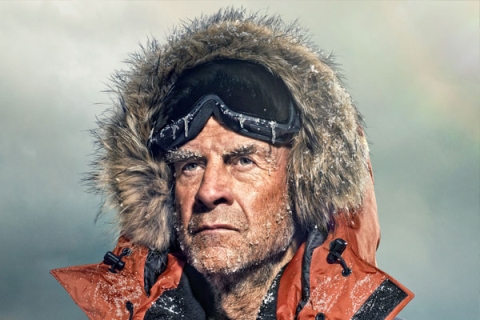
Doctor of Science
Once named the world’s greatest living explorer, for good reason.
Sir Ranulph Fiennes was born in the UK, just after his father was killed in World War 2. He was raised in South Africa and returned to the UK for education.
After failing A Levels, he joined the Royal Scots Greys, a tank division, during the Cold War and later the Special Air Service (1965/66), becoming the youngest Captain in the British Army.
He is the author of 26 books, including the UK bestseller The Feather Men (1991) which became a major motion picture, and the top-selling biography of Captain Robert Falcon Scott, My Heroes (2011).
Named the world’s greatest living explorer by the Guinness Book of Records (1984), Sir Ranulph, with his colleague Charles Burton, are the only men to have circumnavigated the world’s polar axis by surface travel (1979 – 1982) He has led numerous expeditions, setting records all the way.
He was, with Charles Burton, the first to navigate both poles and to cross the Antarctic and Antarctica and he led the first hovercraft expedition up the Nile (1968). In 1992, he led the team that discovered the lost city of Ubar on the Yemeni border after seven previous search expeditions, over 26 years, had failed.
With Mike Stroud, he completed the first unsupported crossing of the Antarctic continent (1993) and the first 7x7x7 (2003) - seven marathons, in seven days, on seven continents - despite a massive heart attack and double bypass surgery less than four months earlier.
An avid community supporter, Sir Ranulph has successfully combined his adventures with raising money for worthy causes. In 2005, he climbed Everest to raise money for the British Heart Foundation; and he made expeditions to Everest (2008) and the Eiger (2007) to support Marie Curie Cancer Care.
He has received several honorary degrees and numerous awards, among them the Sultans Bravery Medal from HM the Queen and Officer of the Order of the British Empire (1993). He received the Polar Medal (1986) for outstanding service to British Polar exploration and research and, in 1994, was awarded a second clasp to that medal, the only person to have received a double clasp for visiting both poles.
